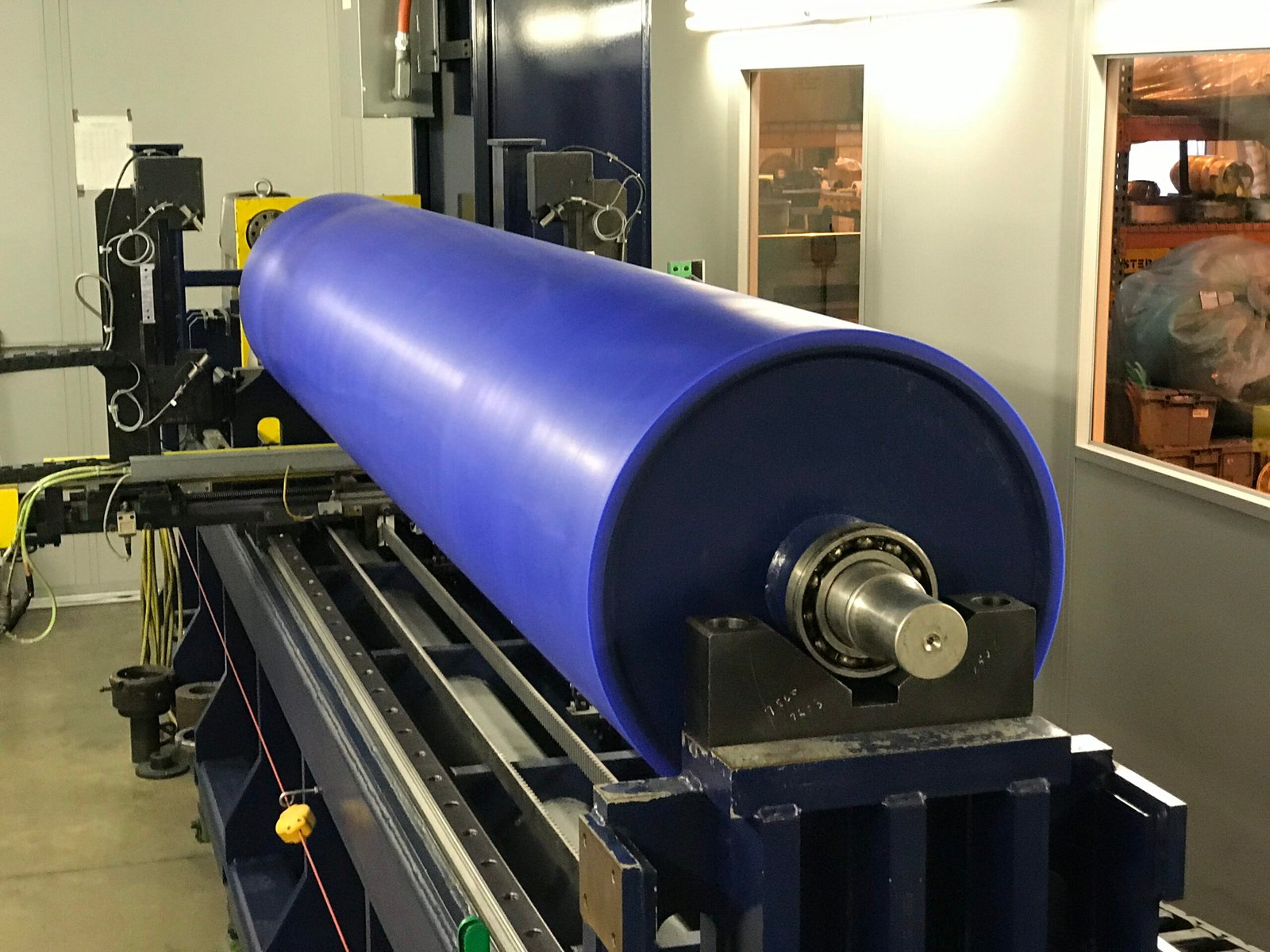
A Rubber Roll is an essential component in grain hulling or dehusking machinery—especially in rice mills, wheat processing units, and pulse polishers. It is typically used in rubber roll shellers, where two cylindrical rubber rollers rotate against each other to gently remove husks or outer layers from grains without damaging the kernels inside.
These rolls are made from high-quality rubber compounds engineered to offer durability, wear resistance, and consistent pressure during operation. The softness and elasticity of the rubber provide the ideal friction needed to break the husk while maintaining grain integrity. Rubber rolls come in various sizes and hardness levels, depending on the machine type and material being processed.
They play a vital role in increasing the efficiency and output of dehusking machines, ensuring a cleaner separation, reduced grain breakage, and longer equipment life.
Rubber rolls are mainly used for dehusking or shelling grains like rice, pulses, and wheat without damaging the kernel, ensuring high yield and quality.
The lifespan depends on material quality and usage conditions but generally ranges from 150–250 working hours under optimal settings.
They are best suited for grains with husks that can be separated by friction (e.g., rice and pulses). The hardness and size may need adjustment based on the crop.
Consider factors like roll size, rubber hardness, machine compatibility, and type of grain. Manufacturers often provide specs for proper matching.